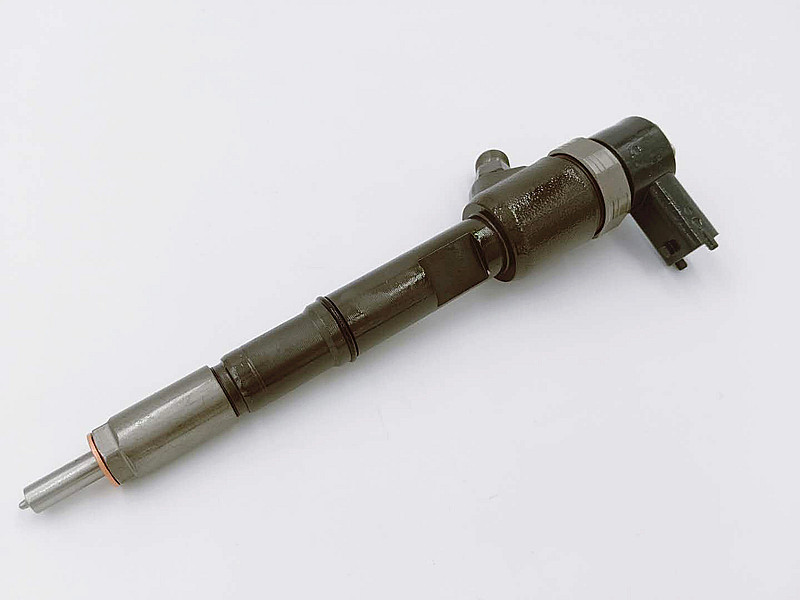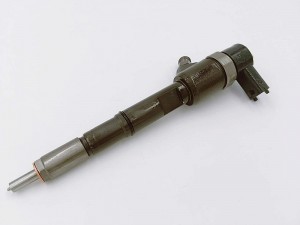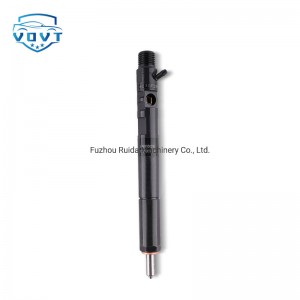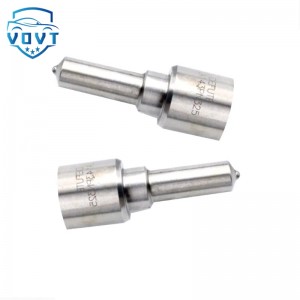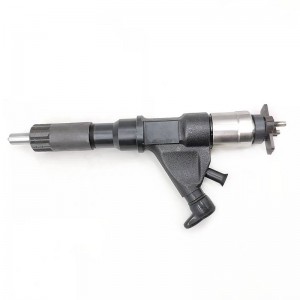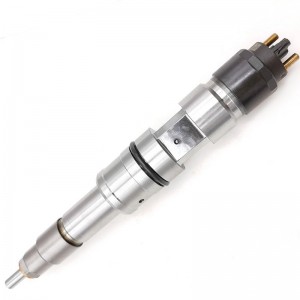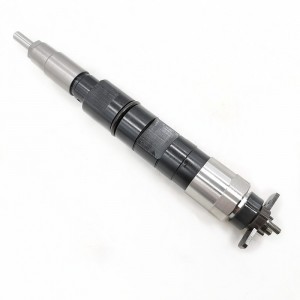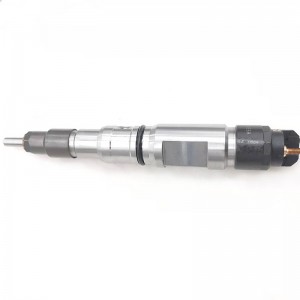Diesel Injector Fuel Injector 0445110528 0445110529 Bosch for Ma-Zda 626
products detail
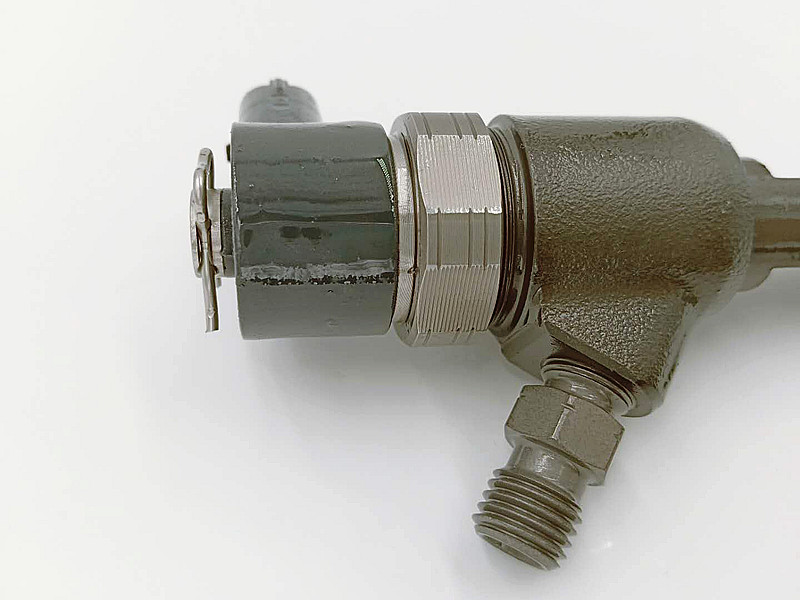
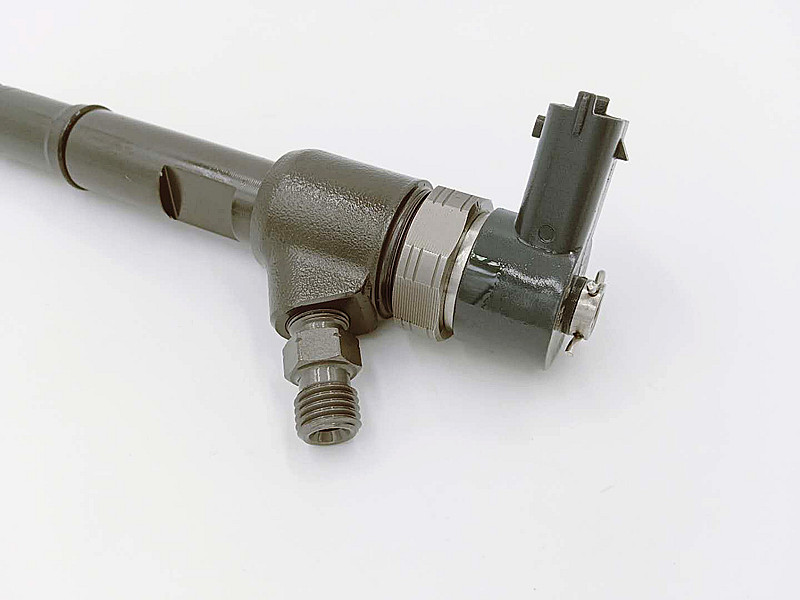

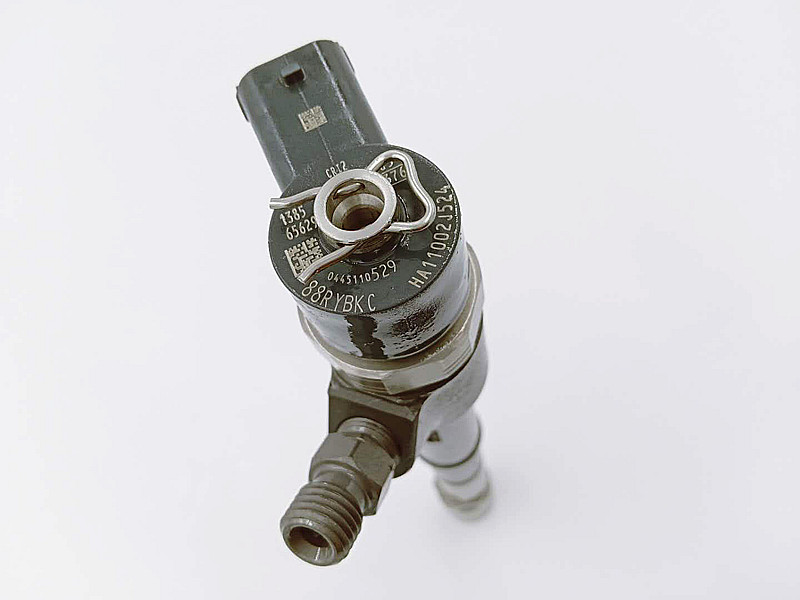
Used in Vehicles / Engines
| Product Code | 0445110528 0445110529 |
| Engine Model | / |
| Application | Ma-zda 626 |
| MOQ | 6 pcs / Negotiated |
| Packaging | White Box Packaging or Customer's Requirement |
| Warranty | 6 months |
| Lead time | 7-15 working days after confirm order |
| Payment | T/T, PAYPAL, as your preference |
Our advantage
- 1 Competitive price
- 2 Ready stock
- 3 Fast delivery
- 4 100% tested before shipped
- 5 Small order allowed
About Bosch in 1926 - 1945
Power tools
Hair-trimming machines and hammer drills
The Bosch engineer Hermann Steinhart encountered a device in his test workshop in 1927 that immediately fascinated him. The “Forfex” had an integrated motor in its handle. This opened up numerous new possibilities. Steinhart’s department initially brought the Forfex to the series production stage before developing the concept over the following years to create the first hammer drills. The team used the production facilities in the Bosch plants as a test facility.
Even if the National Socialists pursued a policy of economic autarky,Bosch continued to sell its products worldwide, such asin Tianjin,China,pictured here ( 1938).
Allied excellence — production with a strong partner
Almost ten years after the end of the war, foreign sales had only climbed back up to 34 percent of the total. High transportation costs and customs barriers led Bosch to try out alternatives. In France, the United Kingdom, and Italy, the search commenced for partners for local production, and in Australia and Japan partner companies manufactured products under Bosch license. By 1932, foreign sales had risen to 55 percent.
FESE
Pioneering technology
Together with the Scottish pioneer of television, John Logie Baird, and the companies Zeiss Ikon and Loewe, Bosch founded Fernseh AG (FESE) in 1929. Years of research finally reaped initial major successes. FESE supplied the first electronic recording devices for the Olympic Games in Berlin in 1936 and, in that same year, presented the first “home television receivers.” During the war, FESE was commanded for military purposes to help develop a bomb with a built-in camera that could be controlled remotely via a television image. The end of the war halted the project during the test phase.

